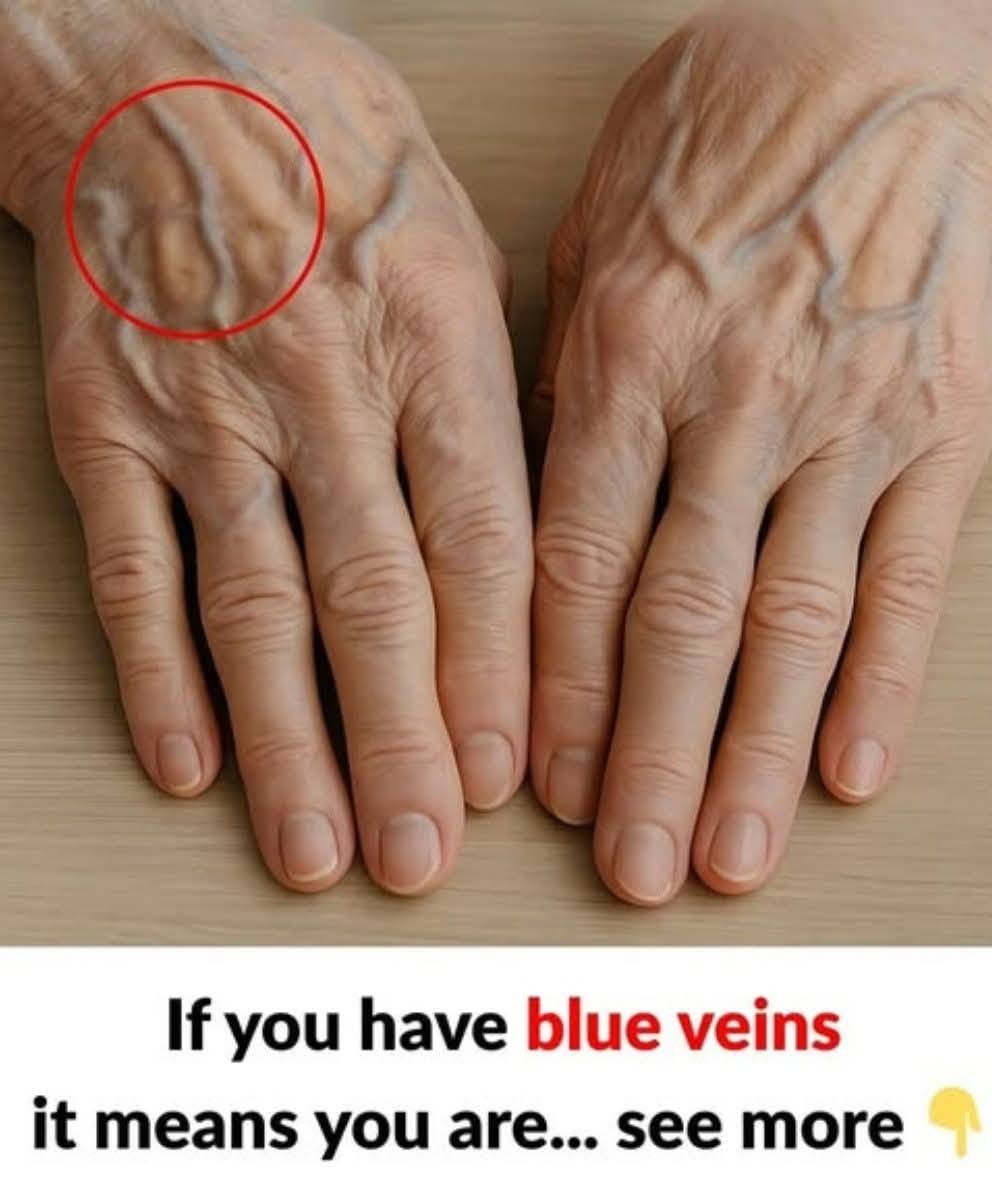As we get older, our skin naturally becomes thinner and less elastic . This happens because the body produces less collagen and elastin — two proteins responsible for keeping skin thick, firm, and resilient.With thinner skin, the veins underneath become more visible , much like how text shows through thin paper.2. Loss of Subcutaneous FatAnother factor? The loss of subcutaneous fat — the layer of fat just beneath the skin. As we age, this protective cushioning thins out, especially in areas like the hands and arms, making veins appear closer to the surface.3. Reduced Skin ElasticityElastin keeps skin taut and stretchy. As levels drop with age, the skin loses its ability to cover and compress underlying structures like veins — further enhancing their visibility.4. Changes in CirculationAs circulation slows slightly with age, blood may pool more visibly in certain veins, especially in gravity-prone areas like the legs.5. Hormonal ShiftsHormones play a role in maintaining skin thickness and hydration. In women, declining estrogen levels during menopause can lead to even more visible veins .Are Visible Veins a Sign of Something Serious?While visible veins are usually completely normal , there are times when they may signal an underlying condition.✅ Normal Signs:Blue or greenish-blue veins visible under the skinVeins that are flat and not bulgingNo pain, swelling, or discomfort⚠️ When to Be Concerned:Bulging, twisted veins (possible varicose veins)Pain, heaviness, or throbbing in legsSwelling, redness, or warmth around veinsSudden appearance of prominent veins without explanationIf you notice any of these signs, it’s best to consult a healthcare provider to rule out conditions like venous insufficiency, varicose veins, or deep vein thrombosis .
